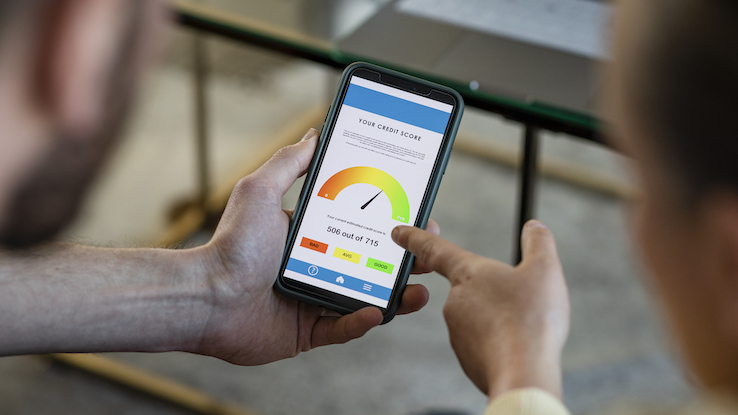
Generally, anyone who has a credit score below the “good” rating is considered to have low credit. That includes individuals with FICO scores in the fair range – which runs from 580 to 669 – and very poor range – which goes from 300 to 579. If you’re in that group and need financing, you may need to turn to loans for bad credit borrowers. Here’s what you need to understand about loans for bad credit.
What Are Loans for Bad Credit?
Many lenders only provide personal loans to individuals with a FICO credit score of at least 670. However, there are lending products available that provide people who have FICO scores below that with access to financing. At times, these are referred to as “loans for bad credit,” though that isn’t necessarily an official industry term.
Bad credit loans aren’t wholly unlike any other lending product in the category. Borrowers receive a set amount of funds – either for any use or a specific purpose – and repay what they borrowed based on the terms of the loan. Generally, loans for bad credit come with higher interest rates and more fees than alternatives aimed at those with better credit. Additionally, these loans may require collateral or have other conditions designed to safeguard lenders from losses due to the higher degree of risk.
How Do They Work?
As mentioned above, loans for bad credit borrowers work similarly to loans made available to individuals with higher credit scores. Aspiring borrowers complete an application, and the lender determines their eligibility for financing. Often, this process is lengthier than it is for borrowers with stronger credit histories, as lenders may exercise additional caution when making lending decisions.
Once the review is complete, the lender determines if it’ll fund the loan. If so, terms and conditions are presented to the borrower. After reviewing the terms and agreeing to them, the lender provides the approved funds, potentially minus applicable fees.
Once the loan is funded, the borrower must meet the conditions outlined in the borrowing agreement. This typically includes making monthly payments by specific dates, covering both the principal owed and any interest or additional fees. The payments continue until the principal, any accrued interest, and the required fees are paid off. At that point, the loan is closed out.
Who Are They For?
As mentioned previously, bad credit loans are lending products aimed and individuals with credit scores below 670. Because those borrowers represent a higher risk for the lender, the interest rates and fees are often higher than what borrowers with good credit receive.
Additionally, loans for bad credit can potentially work for individuals with little to no credit history. Often, those borrowers struggle to find lending products because their lack of credit history or score makes them ineligible for loans that are open to individuals with good credit or above. These borrowers also represent a greater risk — their ability and willingness to repay isn’t as clear — so bad credit loans can work as an entry point while they build their credit history.





